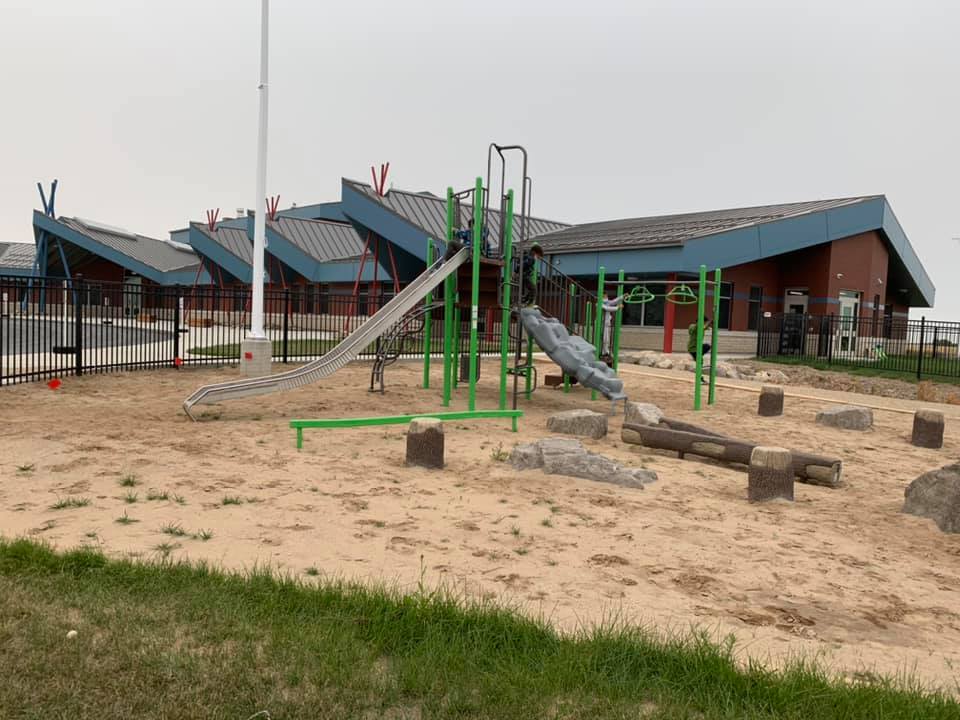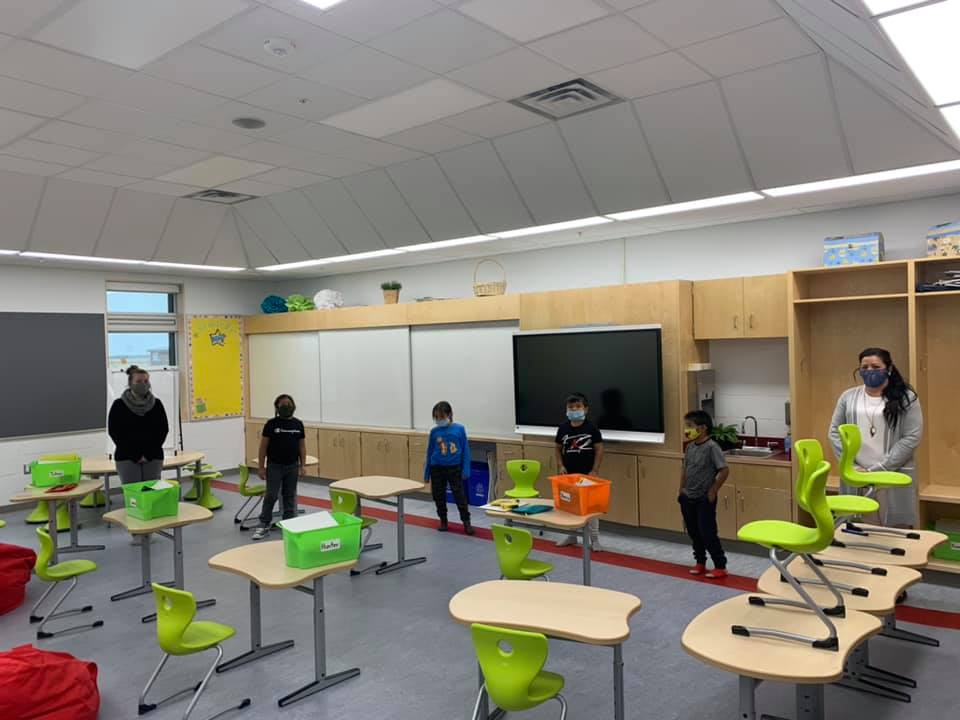Fishing Lake First Nation’s school has made the decision to move entirely to virtual learning after the coronavirus was detected in nearby municipalities.

“Parents were concerned that all around us, there was contact tracing and they didn’t feel that it was safe for our students to be coming in,” said Chief Sabitawasis School principal Rhonda Kayseas, adding that a number of teachers commute onto the reserve from other communities.
Located about 210 kilometres northeast of Regina, Fishing Lake First Nation isn’t far from a handful of communities subject to Saskatchewan Health Authority potential COVID-19 exposure alerts this week.
The decision to move classes entirely online was announced Tuesday, although as of Friday, the principal said there are no cases on the nation, including at Chief Sabitawasis School.
“It’s just a precautionary measure that the community is taking in terms of keeping our kids safe,” she said.
Classes only resumed on Sept. 14. The date was selected to allow time to confirm personal protective equipment and disinfecting products were on site and to allow teachers to familiarize themselves with delivering a hybrid of in-personal and virtual learning, since some families expressed early interest distance options.
“We’ve been planning and preparing for this already,” said the principal, noting that while the framework to deliver courses online is up and running, there are some hurdles when it comes to ensuring all 170 students’ households have the technology to use it.
Some families have their own devices, Kayseas said, and the school had 40 laptops designated for online learning in advance of Tuesday’s announcement.
“Everybody’s been digging out and helping out and trying to make sure our kids have the technology,” the principal said. “We’ve exhausted all of our technology from the school to provide at home.
“We’re working to get more.”
The school, which receives $5,500 per student, is used to operating on a somewhat limited budget, Kayseas said, but is determined to support education in a way that protects the nation’s members during the pandemic.
- Train goes up in flames while rolling through London, Ont. Here’s what we know
- Budget 2024 failed to spark ‘political reboot’ for Liberals, polling suggests
- Wrong remains sent to ‘exhausted’ Canadian family after death on Cuba vacation
- Peel police chief met Sri Lankan officer a court says ‘participated’ in torture
“Sometimes what the province isn’t doing isn’t in the best interest of the families. It’s in the best interest of the economy,” Kayseas said.
“That’s not what’s driving us,” she said. “What’s driving us is keeping our people safe.
“We’re very aware of what could potentially happen and we definitely don’t want that to happen in our First Nation.”
Kayseas added that priority is being placed on keeping high-risk elders and others who are immunocompromised safe.
Chief Sabitawasis School is brand new to Fishing Lake First Nation this year. It officially opened a few weeks before the coronavirus was detected and began spreading in Saskatchewan, shutting things down.
“We’re hopeful they’ll come back and they’ll be able to use the facility in full force once this pandemic is gone,” Kayseas said, noting the Fishing Lake First Nation Education board will be monitoring the situation on-reserve and in the surrounding communities closely.
The school has protocols — from mandatory masking and temperature checking to frequent handwashing and disinfecting — in place to bring children back when things calm down, the principal added.





Comments